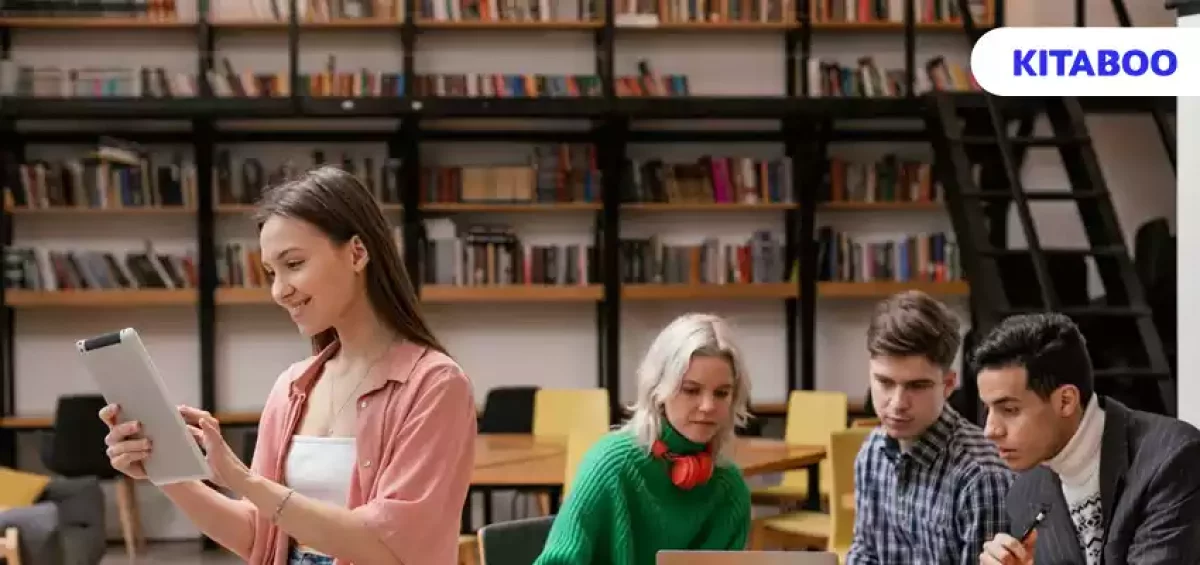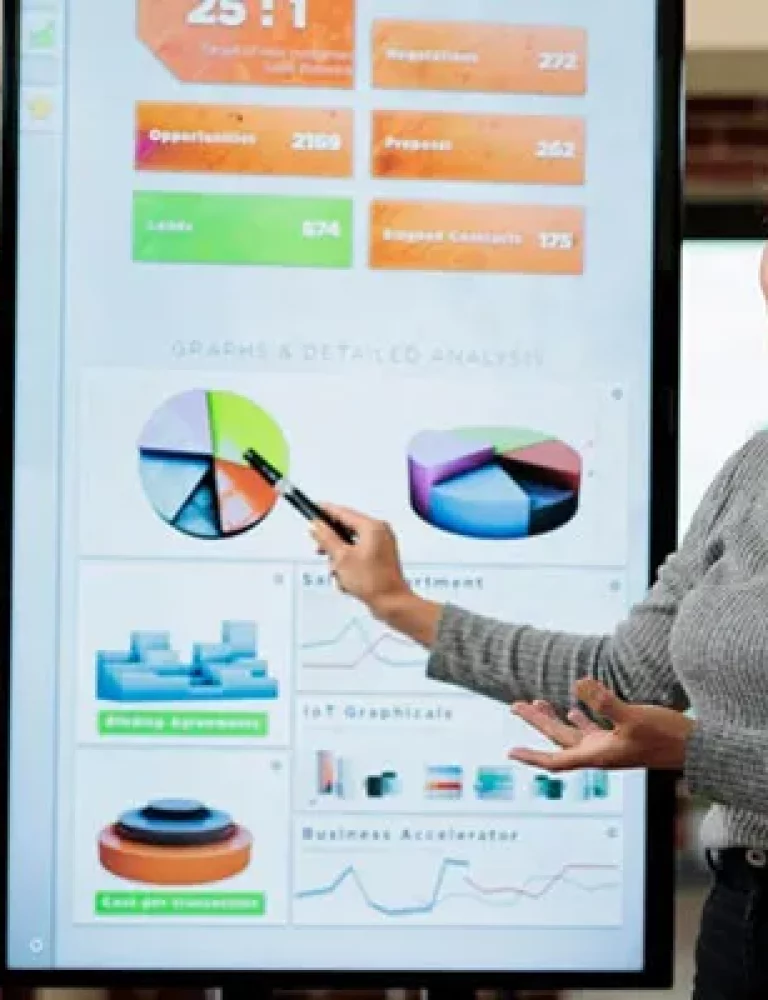Memorizing paragraphs or formulas is never considered a holistic learning technique. Understanding concepts and facts leads to in-depth knowledge gain and improves a students’ intellect.
Earlier, educators followed traditional learning curriculums, which included ‘one size fits all’ learning approaches. Such curricula failed to capture the minds of all students, resulting in less engagement.
With advancements in technology, the educational landscape revolutionized and transformed learning patterns. Today, more interactive curricula have been introduced to cater to the individual needs of students. Modern educators blend interactive and fun learning activities for students to make their sessions more engaging. This helps in knowledge retention, active participation, and academic success in the long run.
Here, we’ll discuss the different types of engaging learning activities for students (at the K12 level) and how they induce curiosity and boost in-depth knowledge of the subject.
Table of Contents
I. Importance of Engaging Learning Activities for Students
- Increased Student Engagement
- Improved Retention and Understanding of Concepts
- Boosts Critical Thinking
Importance of Engaging Learning Activities for Students
In today’s dynamic era, K12 education is no longer restricted to passive learning. It’s about cultivating the desire for learning, empowering students with problem-solving skills, and training them for success in the long run. By introducing interactive activities, educators can convert their static classrooms into lively sessions of engagement, collaboration, and active learning.
Increased Student Engagement
Interactive and fun learning activities attract young minds more than anything else. They encourage students to actively participate and engage with the study material.
By incorporating group discussions, hands-on experiments, or interactive games in academic modules, learning can be transformed into an adventurous activity. It motivates students to focus on the tasks with enthusiasm and collaborate with others during the learning process.
Improved Retention and Understanding of Concepts
Including interactive activities in K12 learning can help to stimulate the cognitive process by capturing the attention of students. Active participation in classroom activities helps students understand concepts better and retain them for a longer duration. They can remember the lessons and apply them correctly as and when required.
Boosts Critical Thinking
Interactive learning activities such as classroom discussions, projects, and interactive digital content can help to develop critical thinking abilities in students. These help students think outside the box. Students are encouraged to brainstorm and explore multiple ideas to find relevant solutions.
Types of Engaging Learning Activities for K12 Students
Educators can include diverse interactive learning activities in their academic curriculums. Some of the most popular learning activities include:
Debates and Role Plays
By including debates and role-play activities in learning modules, students can experience real-life scenarios. It helps them analyze diverse perspectives and justify their ideas. Debates and discussions not only enrich the communication skills of students but also encourage them to think critically and defend their arguments with insight.
Role-plays can be interesting activities for subjects like History or Literature. Students can enact the role of prominent historical figures or literary characters to gain in-depth knowledge of the subject or lesson. This helps them identify the motivation that caused specific events or narratives.
Brainstorming Sessions
There are diverse students in a class. While some are highly energetic and active, others shy away from sharing their viewpoints. By conducting a brainstorming session, educators can involve each one in generating fresh ideas and identifying their imaginative prowess.
Such interactive sessions provide a podium for students to collaborate and consider each other’s thoughts to generate fluid and unique ideas. From real-world problems to analyzing opportunities within a specific subject matter, brainstorming develops curiosity and research abilities.
For example, while brainstorming ideas for a science project or planning a community service program, students can work collaboratively with their peers and showcase their ideas with enthusiasm and confidence. This not only enhances their creative skills but also enriches their problem-solving ability, which will ensure their success in the long run.
Games and Gamification
Fun learning activities for kids can include incorporating games into the learning modules. These offer a playful and effective learning approach that helps captivate students’ attention and enhances their motivation and knowledge retention. This type of learning approach involves taking inspiration from game elements such as rewards, competitions, and recognitions and integrating them into the learning modules.
Educators can include quizzes, badges, points, challenges, and leaderboard components in academic games to transform the learning process into a fun-filled activity with better understanding of concepts. Learners will get real-time feedback that’ll help them track their progress and measure accomplishment. Such interactive games leverage the natural drive for achievement in students and motivates them towards knowledge gain.
Storytelling and Creative Writing
Storytelling and creative writing are some of the most effective tools that support language development and communication skills among students. They encourage them to articulate their imaginations and knowledge using their own narratives.
Human brains respond to stories more effectively than static textual knowledge. Thus, this technique can help educators deliver new insights to students. To make it more engaging, they can incorporate technology in learning modules to transform textual stories into videos and make their sessions more productive and fun.
Also, motivating students towards creative writing will help them unleash their imaginative powers and create a deeper appreciation for language and literature. By writing short stories, essays, or composing poems students can express their ideas and emotions by generating different perspectives.
Hands-On Experiments and Demonstrations
Subjects like Science and Computer Applications can be difficult to grasp with only textual content. The inclusion of hands-on experiments and demonstrations can simplify the learning process and lead to a better understanding of concepts.
Students can create DIY models to demonstrate the laws of motion, experiment with chemical compounds to produce chemical reactions, use a hibiscus flower to study its different parts or create a compelling multimedia presentation.
Such interactive activities enhance a students’ curiosity and interest, and they become engrossed in the activities. They also learn to collaborate with peers and apply their knowledge in real-world scenarios.
Educational Trips and Virtual Tours
Educational trips and virtual tours offer K12 students immersive learning opportunities to explore new locations, cultures, and ideas beyond the textbooks.
Visiting museums, historical sites, and natural landmarks or going on a virtual trip to unknown destinations sparks curiosity and expands the limits of learning among students. They understand the subject matter through self-observation and discovery. Educators can leverage virtual reality technology to make this activity even more immersive and engaging.
Students use all their senses to identify real-world scenarios, transforming textual knowledge into real-life experiences to create a healthy and inclusive learning atmosphere.
Conclusion
To sum up, engaging learning activities for students play a significant role in nurturing their love for learning while developing their cognitive abilities. Interactive activities like debates, role plays, brainstorming sessions, and more enable students to explore, discover, and learn new concepts better and retain them for success in the long run.
Fun learning activities for kids like games, hands-on experiments, and educational tours build curiosity among the young learners and they actively participate in the learning sessions.
KITABOO, the digital textbook platform offers a world-class platform to create, publish and distribute digital textbooks. It leverages cutting-edge technology to incorporate various interactive elements to enhance and augment the learning process.
To know more, connect with us now!
Discover How An Ebook Conversion, Publishing & Distribution Platform Can Help You
Kitaboo is a cloud-based content platform to create-publish & securely distribute interactive mobile-ready ebooks.
You May Also Like









